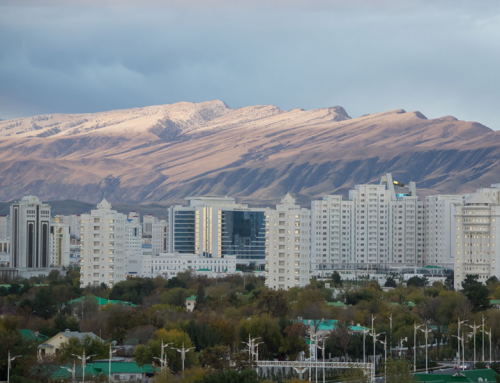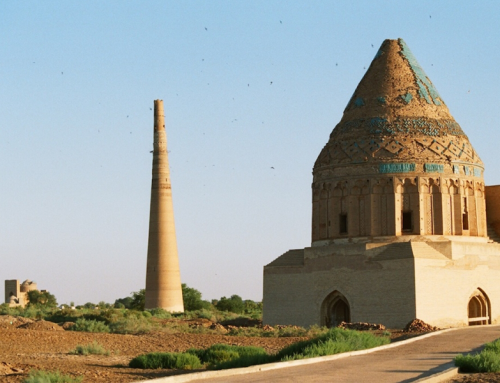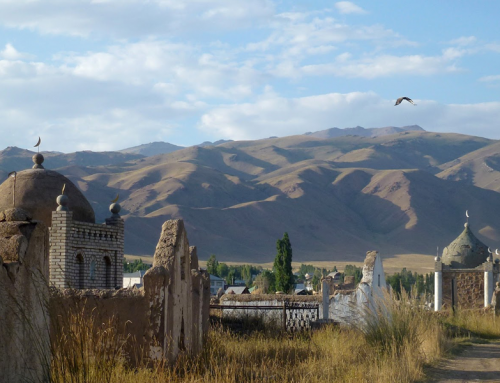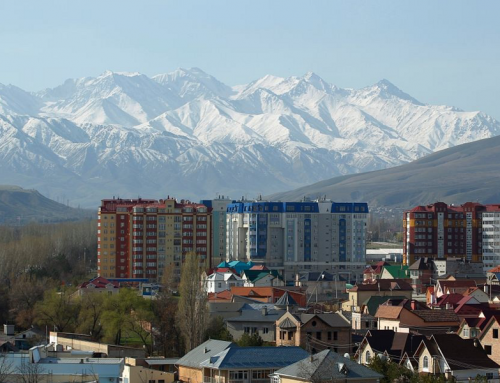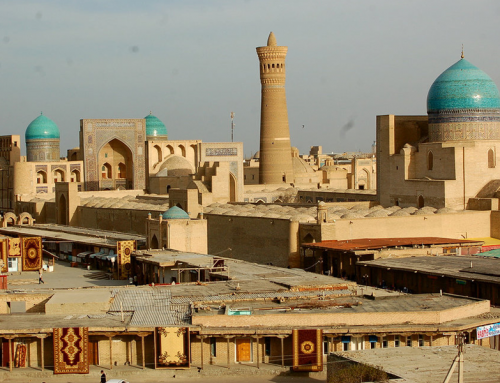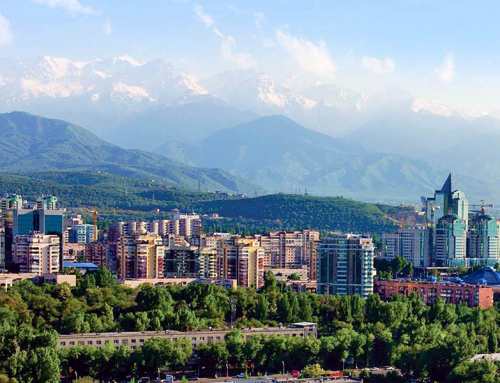The very name of Samarkand evokes romantic visions of Silk Road camel caravans with cargoes of sumptuous goods destined for fairytale places. Founded in the 5th century BC, it was a prosperous city by the time Alexander arrived saying, “everything I have heard about (it) is true except it is more beautiful than I ever imagined”. By the 13th century it was larger than today and, despite a seeming constant change of hands, it prospered until Genghis Khan arrived and obliterated the city. In 1370, however, Timur, decided to make Samarkand his capital and rebuilt it into an almost fairyland city. He employed the finest artisans available anywhere and turned it into Central Asia’s economic and cultural center. His grandson, Ulug Bek, later transformed it into an intellectual center as well. The city declined when, following a series of earthquakes, the Uzbek Shaybanids, in the 16th century, moved their capital to Bukhara. Not until the arrival of the Russians and the Trans Caspian Railway did the city again prosper.

